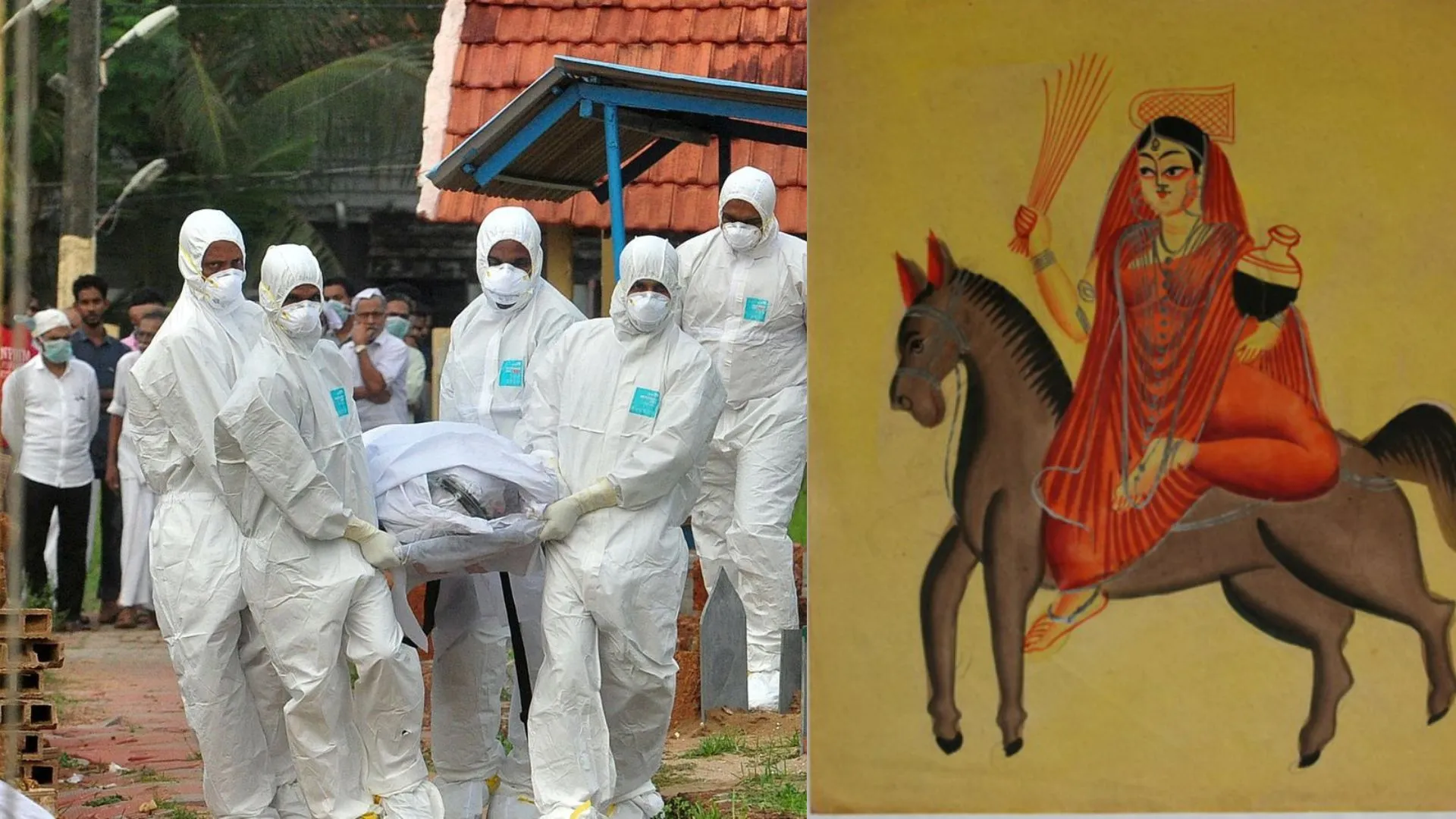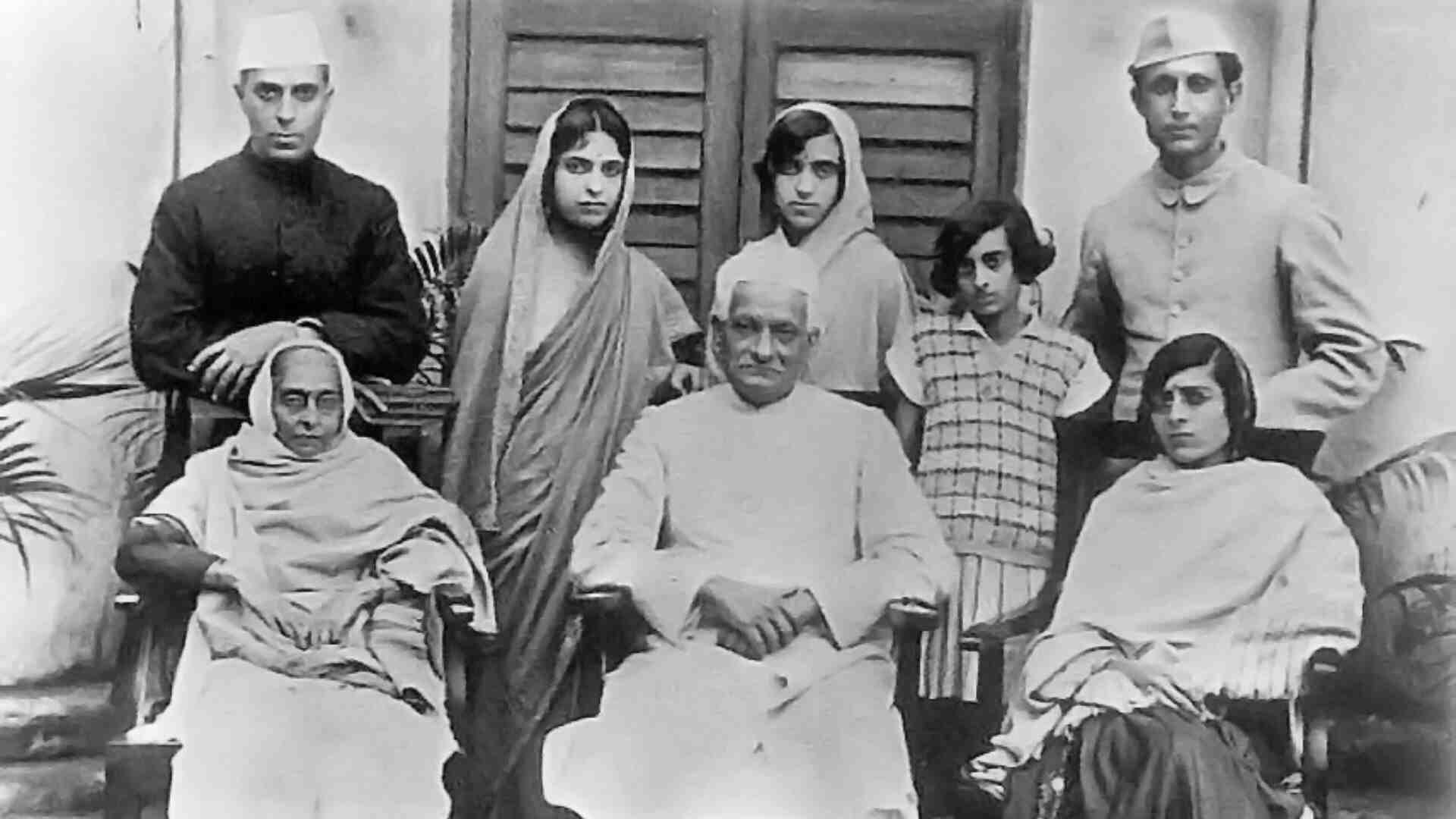Vivekananda Rock has a history dated back to 1892 and the memorial is not just a place of historical and spiritual importance, but also a testament to India’s architectural prowess and collective dedication.
Vivekananda Rock Memorial is a monument and popular tourist attraction in Kanyakumari, India’s southernmost tip. The memorial stands on one of the two rocks located about 500 meters off mainland of Vavathurai. It was built in 1970 in honour of Swami Vivekananda, who is said to have attained enlightenment on the rock. According to legends, it was on this rock that Goddess Kanyakumari (Parvathi) performed tapas in devotion of lord Shiva. A meditation hall known as Dhyana Mandapam is also attached to the memorial for visitors to meditate. The design of the mandapa incorporates different styles of temple architecture from all over India. The rocks are surrounded by the Laccadive Sea where the three oceans Bay of Bengal, the Indian Ocean and the Arabian Sea meets. The memorial consists of two main structures, the Vivekananda Mandapam and the Shripada Mandapam.
The memorial commemorates Swami Vivekananda, a prominent Indian philosopher and spiritual leader.
Key Points
Swami Vivekananda’s Meditation (1892): After traveling extensively across India, he reached Kanyakumari and swam to the rock located off the coast in 1892. He meditated there for three days and nights, contemplating India’s past, present, and future. This experience is said to have solidified his resolve to serve humanity and to take the message of Vedanta to the Western world. This period of meditation is believed to have inspired him to take up the mission of rejuvenating Hinduism and spreading its teachings worldwide.
Initial Efforts (1950s-1960s) The idea to build a memorial on the rock was first proposed in the late 1950s and early 1960s to honor Swami Vivekananda’s life and teachings. However, the proposal faced significant opposition from various quarters. Some religious and political groups argued against constructing a memorial on a site they considered sacred to Devi Kanyakumari.
Proposal and Construction (1962-1970): The idea of building a memorial on the rock was proposed in 1962, on the occasion of Swami Vivekananda’s birth centenary. – Eknath Ranade, a notable social leader, spearheaded the campaign to construct the memorial, mobilizing support from various political leaders and the general public. – The construction of the memorial faced several challenges, including opposition from some political and religious groups. However, through persistent efforts and nationwide support, these challenges were overcome.
National Integration Campaign Ranade launched a nationwide campaign to garner support for the memorial. He reached out to political leaders, religious heads, and the general public, highlighting Swami Vivekananda’s role in promoting unity and spiritual awakening. The campaign emphasized that the memorial would be a symbol of national integration and a tribute to Swami Vivekananda’s contributions.
Fundraising Efforts Fundraising was a massive undertaking. Donations came from all over India, including contributions from schoolchildren who donated small amounts. This widespread participation turned the project into a national movement, reflecting the deep respect and admiration for Swami Vivekananda.
Architectural Design: The memorial’s design is a blend of various Indian architectural styles. It comprises two main structures: the Vivekananda Mandapam and the Shripada Mandapam. – The Vivekananda Mandapam houses a statue of Swami Vivekananda, while the Shripada Mandapam marks the spot believed to be blessed by the footprints of the goddess Devi Kanyakumari. The architectural design of the Vivekananda Rock Memorial is a fusion of various Indian architectural styles, symbolizing India’s unity in diversity. The design was conceptualized to reflect the spiritual and cultural heritage of India.
Vivekananda Mandapam: This structure includes a meditation hall (Dhyana Mandapam) and an assembly hall (Sabha Mandapam). The main hall houses a grand statue of Swami Vivekananda. Shripada Mandapam: This smaller structure is built over the spot believed to bear the footprints of Devi Kanyakumari. It is a place of spiritual significance and worship. Construction Challenges Construction began in 1964 and faced numerous challenges, including logistical issues due to the rock’s offshore location and opposition from certain groups. Despite these obstacles, the dedication and perseverance of the people involved ensured the project’s completion.
Inauguration (1970): The Vivekananda Rock Memorial was officially inaugurated on September 2, 1970, by the then President of India, V. V. Giri. – Since its inauguration, it has become a prominent tourist destination and a place of pilgrimage. The event was marked by a large gathering of devotees, dignitaries, and admirers of Swami Vivekananda.
Cultural and Educational Influence The memorial has become a prominent cultural and spiritual landmark. It attracts millions of visitors annually, serving as a place of pilgrimage and meditation. The Vivekananda Kendra, an organization founded in conjunction with the memorial, conducts numerous educational, cultural, and social service programs inspired by Swami Vivekananda’s teachings. The memorial serves as a center for cultural and spiritual activities, promoting the teachings of Swami Vivekananda. – It has inspired the establishment of the Vivekananda Kendra, a spiritual organization dedicated to the principles of Swami Vivekananda, which conducts various educational and social service activities across India. The Vivekananda Rock Memorial stands as a testament to Swami Vivekananda’s enduring legacy and serves as a symbol of national unity and spiritual awakening. Symbol of National Unity The memorial stands as a symbol of national unity, reflecting Swami Vivekananda’s vision of a strong and spiritually awakened India. It inspires visitors to embrace the values of selflessness, service, and unity.
Modern-Day Relevance Today, the Vivekananda Rock Memorial continues to inspire people from all walks of life.
It serves as a reminder of Swami Vivekananda’s timeless message and his call to serve humanity.
The memorial not only honors his legacy but also promotes the ideals of national integration and spiritual awakening that he championed.























